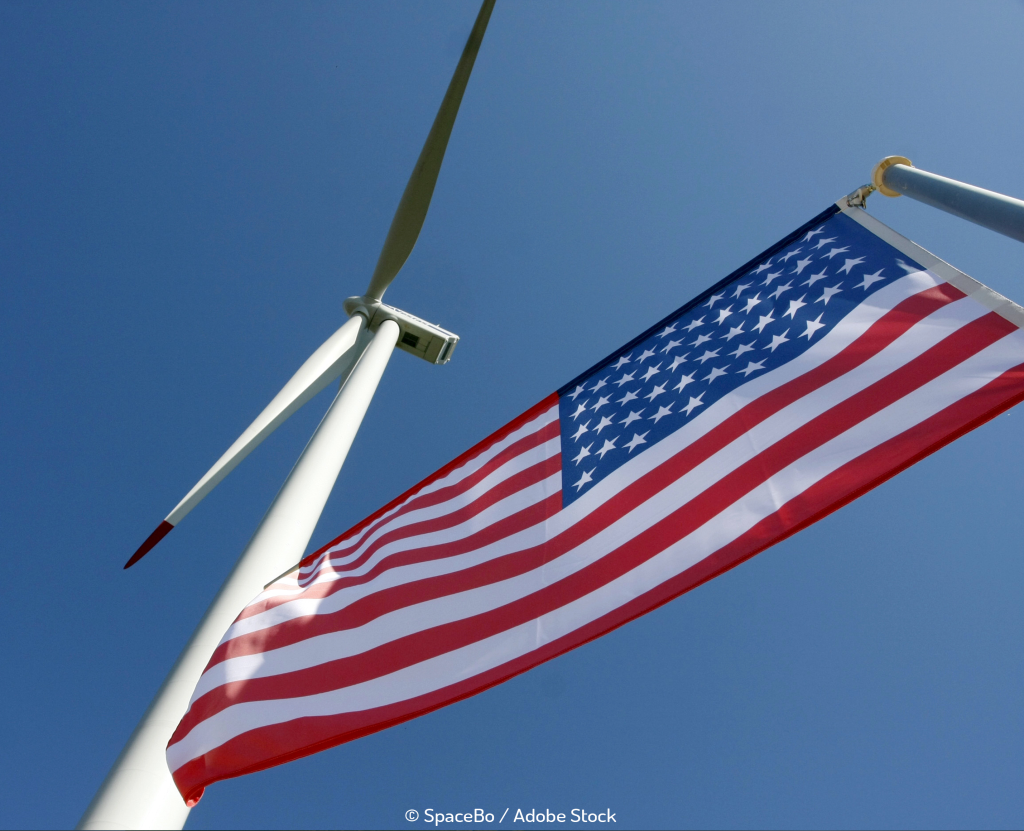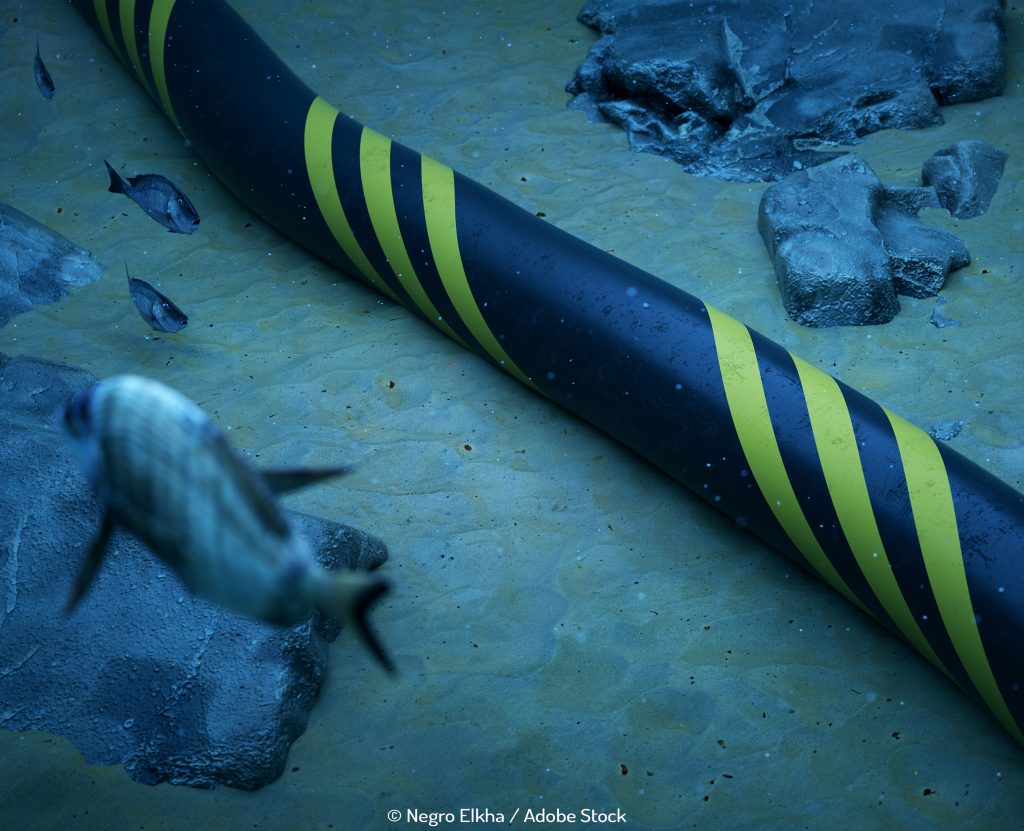
The US Is Catching Up in Offshore Wind And Setting Their Sights High
It’s well documented that the previous US administration was not a fan of renewable energy. Myriad policies rolled back green incentives, boosted fossil fuel production and pandered to the powerful conservative energy lobby. Now, with the Biden administration firmly in place, this is set to change. None more so than for the fledgling American offshore wind industry.
The state of New Jersey (NJ) has approved two new offshore farms with a combined 2.6GW capacity. Ørsted, the builder of the only other NJ wind farm, had their Ocean Wind II project approved. The second farm was awarded to EDF/Shell for their Atlantic Shores Offshore Wind project.
The state of New Jersey wishes to lead the way in American offshore wind and has a plan for 7.5GW of offshore generated power by 2030. It is hoped that these two projects will bring further investment into the industry, and they include the building of new manufacturing facilities at the New Jersey Wind Port and commitments to use and expand existing infrastructure.
The president of the New Jersey Board of Public Utilities, Joseph L. Fiordaliso, said, “We have a once-in-a-generation opportunity to establish New Jersey as the epicenter of a new industry that will provide tens of thousands of jobs and billions in economic benefits when we need it most.”
One of the hindrances to the US offshore wind market will soon be a thing of the past with the building of a new US built turbine installation vessel. The Jones Act, a federal law requiring goods shipped between American ports to be transported on American built vessels, has resulted in an extra hurdle for offshore wind farms. This century old law has so far required feeder barges to supply non-us installation vessels at offshore wind sites. Thus increasing installation costs and reducing efficiency.
With the building of the Charybdis (named after the mythological Greek sea monster), a consortium led by Dominion Energy will construct and manage the first Jones Act qualified installation vessel. Expected to be completed in 2023, Dominion has already signed their first charter agreement with Ørsted and Eversource for their Revolution and Sunrise Wind projects. David Hardy, CEO of Ørsted Offshore North America, said, “A Jones Act qualified vessel is a game-changer for the development of the U.S. offshore wind industry.”
At a federal level, the American administration is attempting to stimulate interest in offshore wind by making three billion dollars available in loan guarantees through the department of energy. There is also a pledge of 500 million dollars for port infrastructure.
In the Gulf of Mexico, first steps are being taken to investigate the region’s interest for offshore wind projects. The US Department of Interior will publish a request for interest covering Louisiana, Texas, Mississippi and Alabama. In an effort to document the offshore wind industry’s appetite for new projects in this area the request will be a litmus test for the Gulf of Mexico.
It is news like this that will be music to the ears of the offshore wind industry after four difficult years. Hopefully, this is the start of a new era in American renewable energy.


